The most valuable objects on earth aren’t diamonds, paintings, or real estate—they’re cars. Automotive treasures like the 1962 Ferrari 250 GTO command prices exceeding $70 million. These rare machines represent the ultimate intersection of art, engineering, and status. Their values continue climbing as fewer examples remain in original condition.
16. Mercedes-Benz 300SL Gullwing (Exterior)
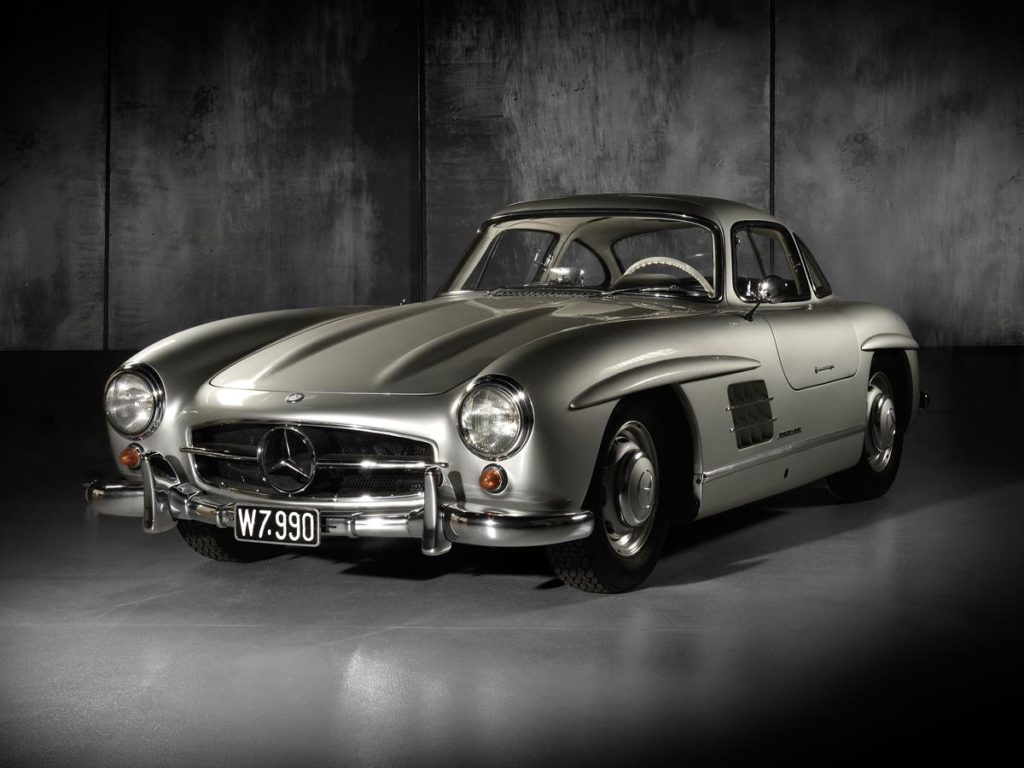
Few cars command respect like the 300SL Gullwing coupe with its gravity-defying doors and just 1,400 examples ever produced. Those iconic doors weren’t mere showmanship but a clever solution for the high sills created by its tubular chassis. Cutting through air with remarkable efficiency, the aluminum body reached 161 mph when competitors struggled to hit three digits. Functional side vents extracted engine heat while creating the Gullwing’s unmistakable silhouette. Today’s collectors happily pay $1.5-3 million for pristine examples. More than just a beautiful machine, the 300SL essentially invented the supercar category decades before the term entered common usage.
Mercedes-Benz 300SL Gullwing (Interior)
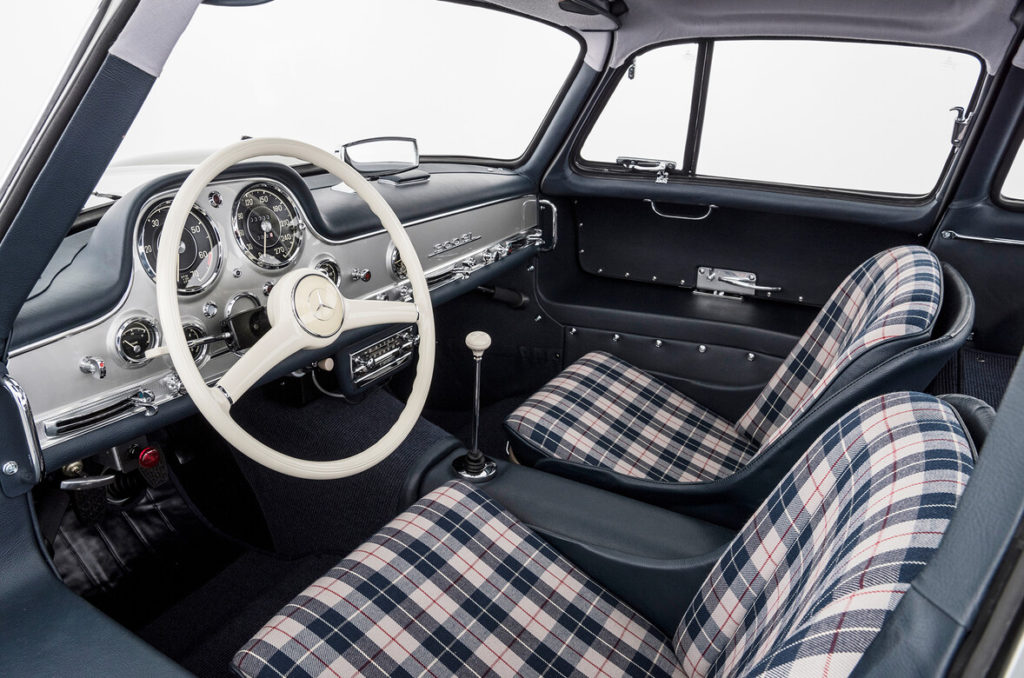
Behind those dramatic doors lies a cockpit reminiscent of 1950s aircraft. Entering requires an unusual ritual—perch on the wide sill, swing legs in, then duck under the large wheel. The purposeful interior houses gauges monitoring the 3.0-liter straight-six producing 215 horsepower—impressive muscle for 1954. Leather upholstery and metal accents balance racing functionality with luxury touches. Original interiors command substantial premiums, often adding $500,000 to already steep asking prices. The mechanical symphony experienced from behind that wheel explains why enthusiasts willingly liquidate assets just to join the exclusive club of Gullwing ownership.
15. 1962 Ferrari 250 GTO (Exterior)
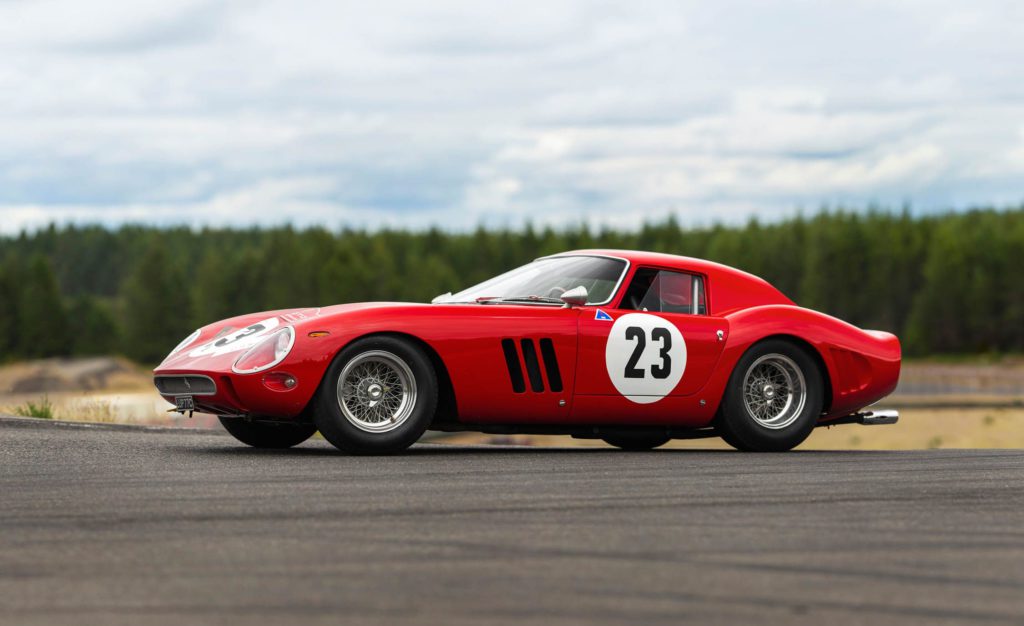
Ferrari’s ultimate collectible remains the 250 GTO, with only 39 examples produced under Enzo’s personal supervision. Scaglietti’s artisans hand-formed each aluminum body, creating subtle differences between cars that all featured the iconic triple front air intakes. The astronomical values became clear when chassis 3413GT fetched $48.4 million at auction, with private transactions reportedly reaching $70 million. Most stay hidden in climate-controlled sanctuaries, rarely seen in public. The GTO achieved that rare automotive alchemy where competition requirements produced aesthetic perfection—like discovering that mathematical formulas can create sublime music.
1962 Ferrari 250 GTO (Interior)

No-nonsense functionality defines the GTO’s cabin, where racing took priority over comfort. Simple blue cloth seats provide minimal cushioning, while the unassisted wooden steering wheel delivers pure mechanical feedback. Basic gauges monitor the 300-horsepower V12 that propels this lightweight machine to remarkable speeds. Period modifications make original interiors exceptionally scarce, contributing significantly to the record $48.4 million auction price. Every worn surface tells stories of legendary drivers who pushed these machines to their limits. The GTO’s cockpit connects drivers directly to motorsport’s golden age—a mechanical time machine that no modern hypercar can replicate.
14. 1957 Ferrari 250 Testa Rossa (Exterior)
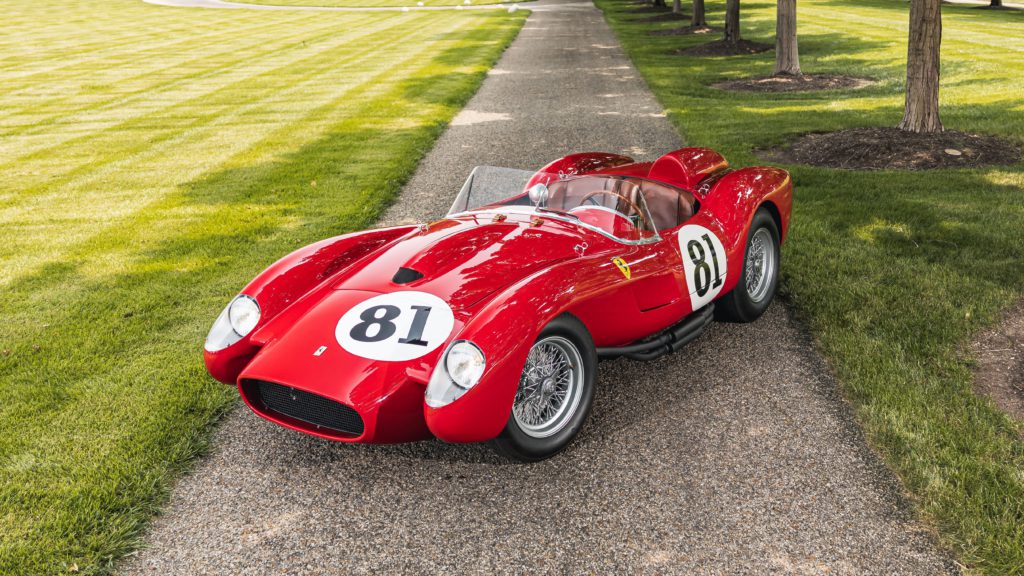
Beauty and rarity collide spectacularly in the Ferrari 250 Testa Rossa – a machine that can make grown collectors weep, with only 39 examples produced under Enzo’s personal supervision. Scaglietti’s artisans hand-formed each aluminum body, creating subtle differences between cars that all featured the iconic triple front air intakes. Chassis 3413GT fetched $48.4 million at auction, with private transactions reportedly reaching $70 million. Most stay hidden in climate-controlled sanctuaries, rarely seen in public. The GTO achieved that rare automotive alchemy where competition requirements produced aesthetic perfection—like discovering that mathematical formulas can create sublime music.
1957 Ferrari 250 Testa Rossa (Interior)
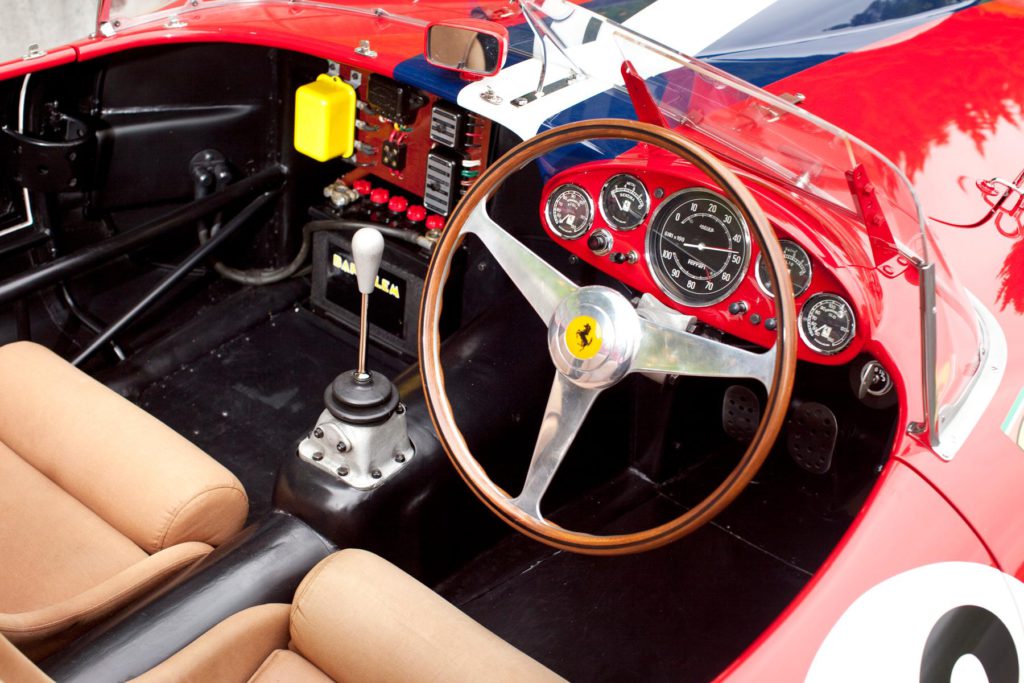
Racing necessity dictated every aspect of the Testa Rossa’s spartan cockpit. Among 34 examples, no two interiors were identical due to racing modifications and driver preferences. Minimal bucket seats and basic Veglia gauges surround a wooden wheel and tall shifter requiring heel-toe technique to manage the unsynchronized gearbox. The 300-horsepower V12 sits just forward of the rear axle for optimal weight distribution. Period racing improvements make original interiors virtually non-existent today. The 250 TR cockpit represents motorsport at its rawest—where drivers faced death at 150 mph protected by little more than a thin aluminum shell and rudimentary roll hoop.
13. 1970 Porsche 917 Kurzheck (Exterior)
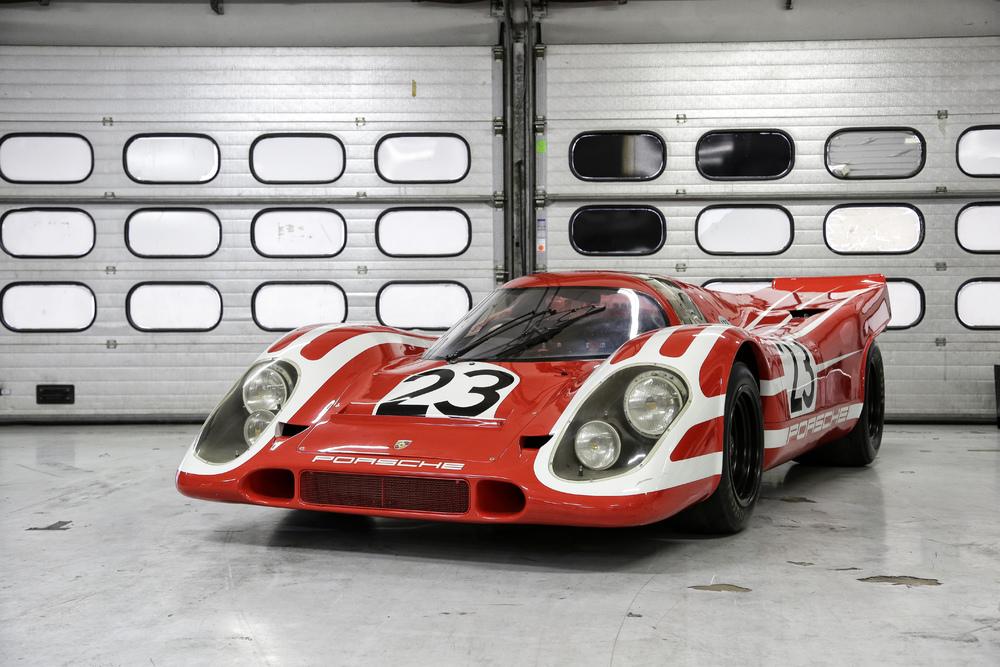
The story of how Porsche crushed Le Mans begins with the revolutionary 917 Kurzheck. Engineers achieved the impossible with a fiberglass body over an aluminum frame weighing a mere 93 pounds. Standing only 37.4 inches tall, this revolutionary design dominated Le Mans in 1970 and 1971. Private collectors gladly pay astronomical sums—chassis 917-024 commanded approximately $14 million in 2017. Most survivors now reside in museums or secretive private collections. Racing officials eventually changed regulations specifically to slow these machines down—the ultimate validation of Porsche’s engineering brilliance.
1970 Porsche 917 Kurzheck (Interior)
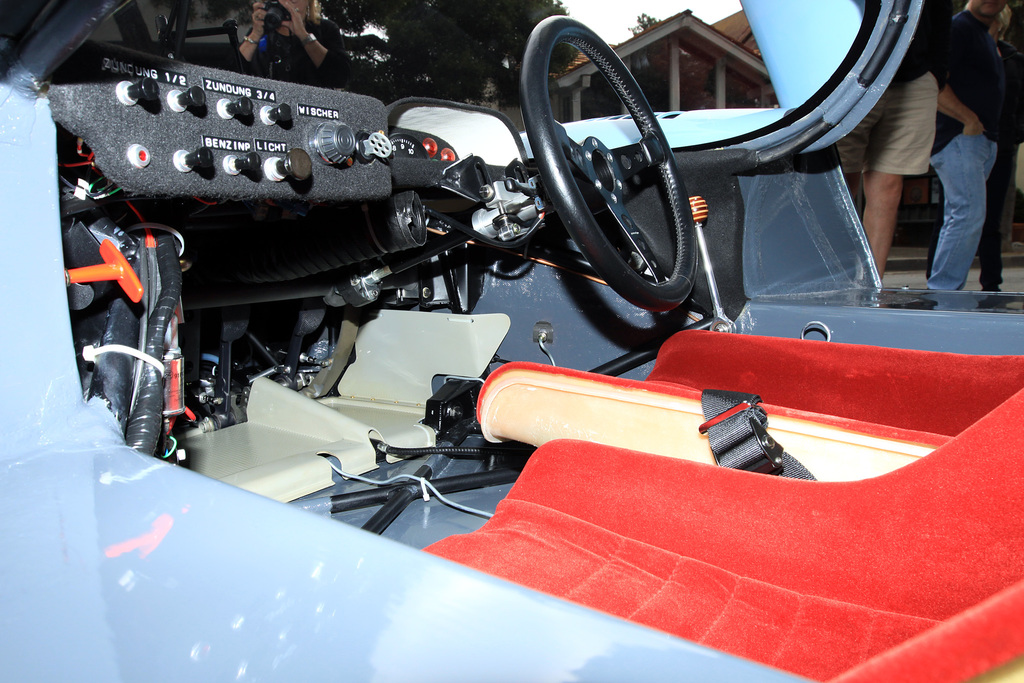
Minimalism defines the 917’s cockpit, where survival concerns trumped comfort. Among the 25 surviving cars, each interior represents a study in functional simplicity. Drivers sit slightly off-center amid aluminum tubing that forms both chassis and protection. Essential gauges monitor the flat-12 engine delivering between 580-630 horsepower depending on specification. Steve McQueen’s “Le Mans” film immortalized this workplace where drivers risked everything. The few examples that reach auction command $10+ million depending on race history. Strapping into a 917 meant placing your life in the hands of mechanical components with zero electronic safety nets—a test of courage few modern drivers could imagine.
12. 2008 Maybach Exelero (Exterior)
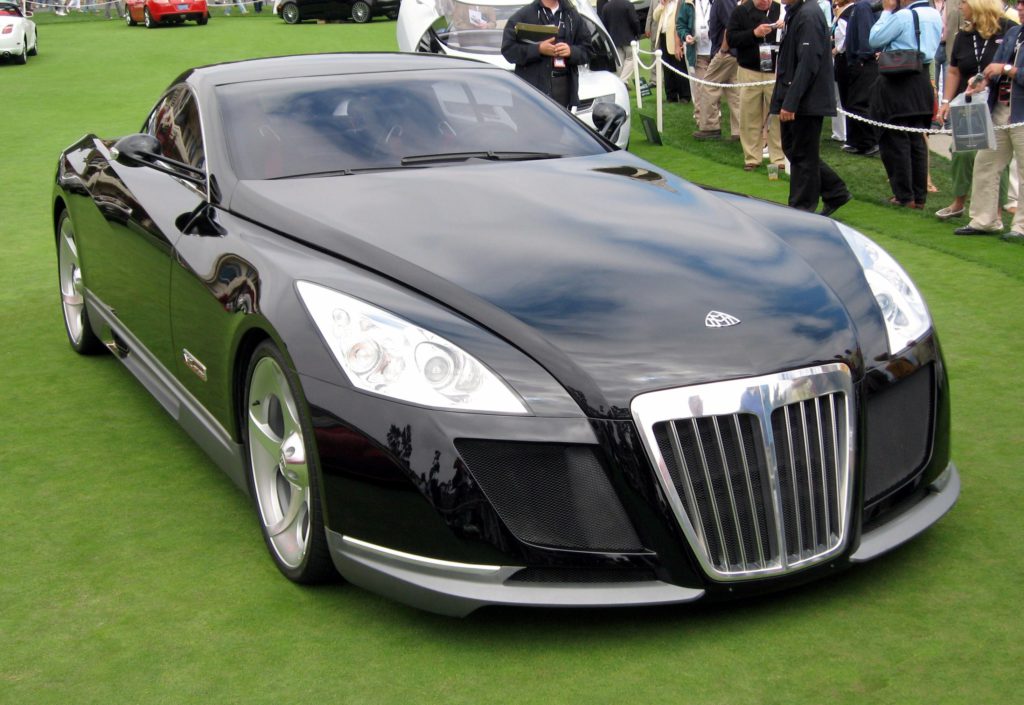
In a world of limited editions, the Maybach Exelero stands alone – literally, as only one exists. Stretching nearly 20 feet, this menacing coupe houses a twin-turbo V12 generating 690 horsepower and 752 lb-ft of torque. Massive 23-inch wheels support this three-ton behemoth as it reaches an improbable 218 mph top speed. After starring in Jay-Z’s music video, rapper Birdman reportedly acquired it for $8 million. Unlike disposable concept cars, this one-off creation remains fully functional. The Exelero represents the ultimate expression of “because we can” engineering.
2008 Maybach Exelero (Interior)

Imagine designing an interior knowing it would be the only one of its kind ever created. Red and black leather covers nearly every surface not already finished in carbon fiber or polished metal. Race-inspired seats provide both luxury and lateral support during high-speed maneuvers. This singular environment remains preserved since 2005 as part of its $8 million valuation. The functional instruments monitor performance during runs to 218 mph—remarkable for a vehicle weighing 5,864 pounds. Ownership brings unique challenges—explaining triple-digit speeds to authorities becomes complicated when your vehicle has no peers for comparison.
11. Porsche 550 Spider (Exterior)

Before James Dean made it infamous, Porsche’s tiny 550 Spider was already changing motorsport forever, with only 90 made between 1953 and 1956. These stripped-down racers now command $5 million+ despite their diminutive size. Weighing a featherweight 1,300 pounds with aluminum body over tubular frame, they stand just 39 inches tall. Approximately 45 authentic examples remain today. James Dean’s fatal crash in his “Little Bastard” forever linked the model with rebellion and danger. Values continue climbing regardless of economic conditions. The 550 established Porsche’s minimalist philosophy that still guides their sports cars today—the spiritual ancestor of every modern Boxster and Cayman.
Porsche 550 Spider (Interior)
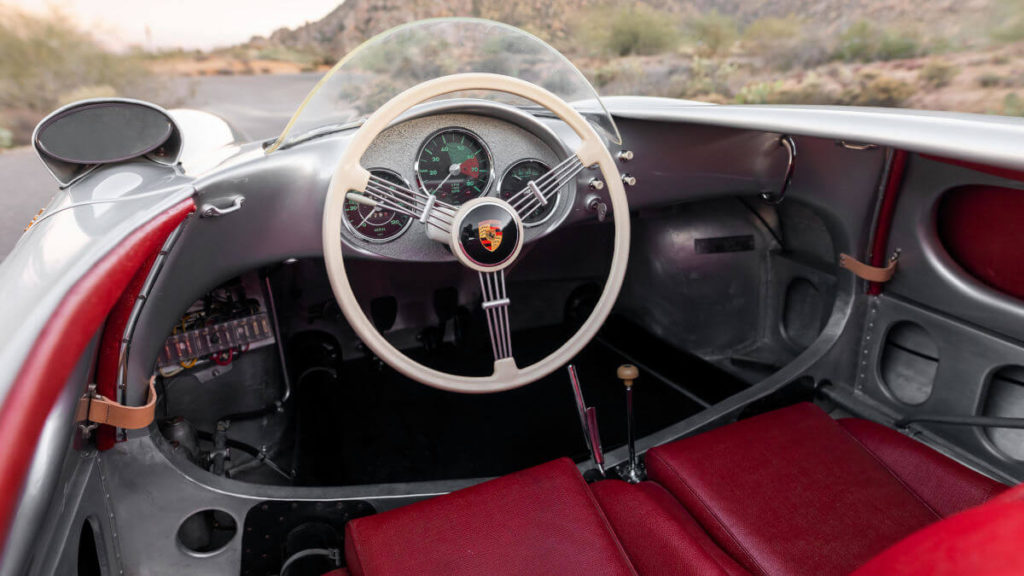
Functional simplicity characterizes the 550’s cockpit—now among the most valuable in collecting. Just 45 survivors remain from the original 90-car production run. The basic bucket seats position drivers inches from the pavement, with the large tachometer dominating the sparse instrumentation. A stubby shifter requires skill to operate without synchromesh in first gear. Well-preserved examples fetch between $3-6 million depending on racing history. The car’s 110-horsepower flat-four delivers surprising performance in this featherweight machine. Driving a 550 today reveals why Porsche enthusiasts speak of these cars with religious reverence—they represent the purest connection between driver and machine ever created.
10. Rolls-Royce 15 Horsepower (Exterior)

Back when cars were replacing horses, Rolls and Royce created their first masterpiece – the 15 Horsepower. This is just one survivor from six cars built in the world in 1904. This pioneering automobile represents the first collaboration between Charles Rolls and Henry Royce. Its tall proportions, wooden wheels, and brass headlamps established a commanding presence that defined the brand. The upright radiator would become Rolls-Royce’s signature styling element for decades. Experts value this automotive cornerstone at approximately $35 million. The influence of this solitary survivor remains visible in every Rolls-Royce made since.
Rolls-Royce 15 Horsepower
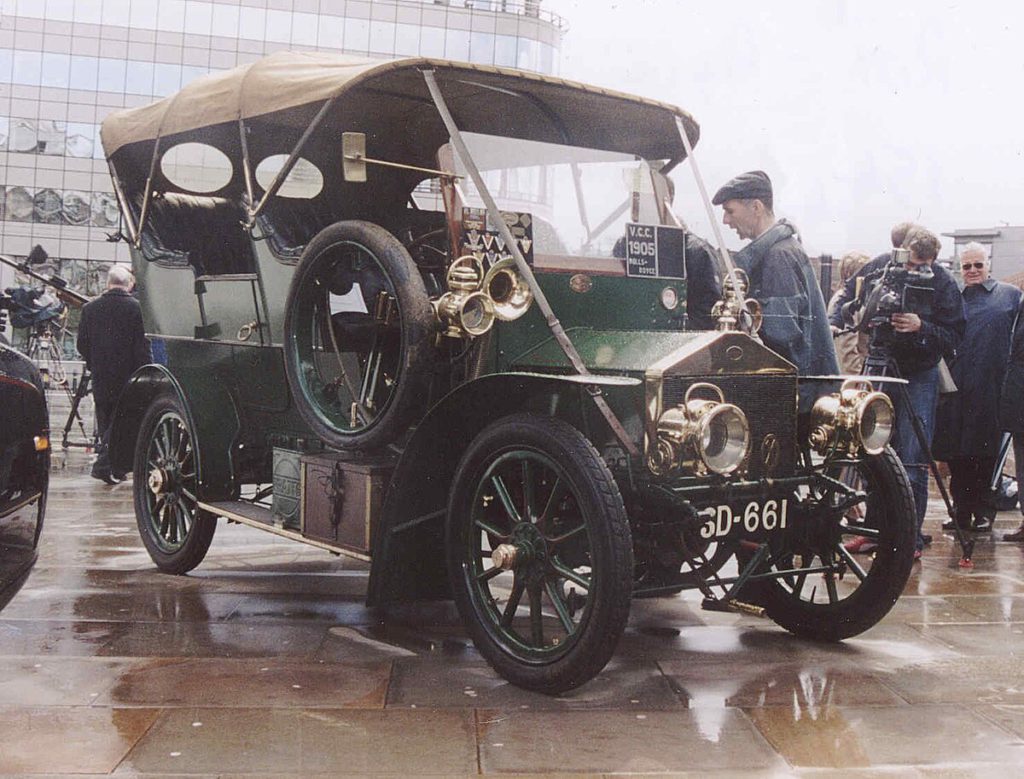
Stepping into the sole surviving 15 Horsepower transports you to motoring’s infancy. This unique artifact from just six cars built features a large wooden wheel facing simple brass-rimmed gauges. The primitive controls include manual spark advance levers and a three-speed transmission controlled by a floor-mounted shifter. Its 3.0-liter three-cylinder produced the namesake 15 horsepower—modest but impressive for 1904. Careful preservation throughout its 119-year history makes this cockpit the definitive reference for early Rolls-Royce design. The estimated $35 million value reflects its importance as automotive archaeology rather than mere transportation.
9. W Motors Lykan Hypersport (Exterior)

The Lykan Hypersport is limited to just seven examples worldwide. Hollywood immortalized this Lebanese-designed, UAE-built exotic when it jumped between skyscrapers in “Furious 7.” Diamond-studded headlights containing 420 diamonds totaling 15 carats contribute to its $3.4 million price tag. Dramatic scissor doors and angular bodywork create an unmistakable profile. These hypercars rarely appear in public, mostly hidden in private collections. The Lykan represents more than transportation—it announced the Middle East’s arrival as a creator rather than merely a consumer of automotive exotics.
W Motors Lykan Hypersport (Interior)
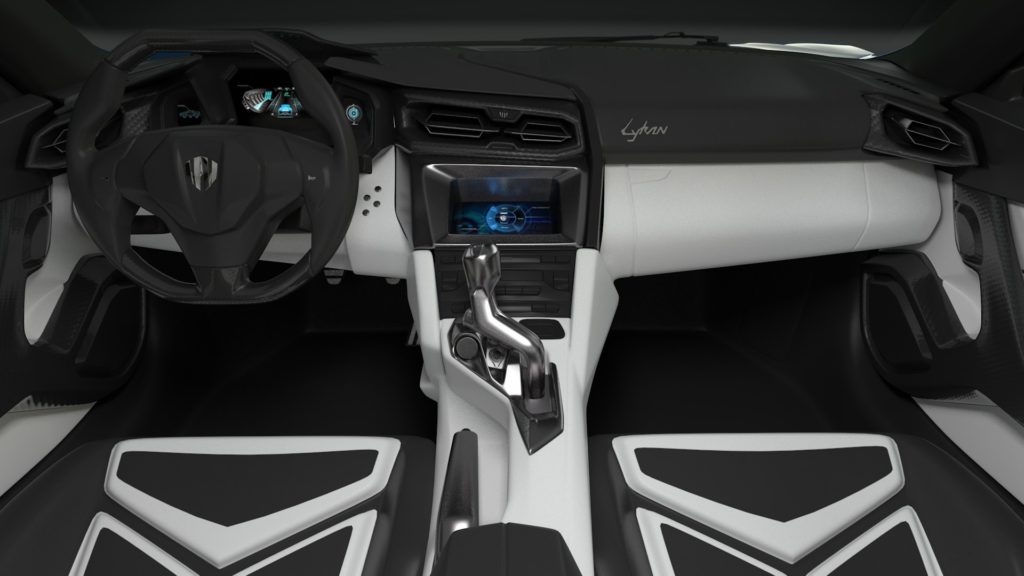
Technological extravagance is a good description for the Lykan’s cabin—one of just seven in existence. Carbon fiber racing seats wrapped in premium leather provide the foundation for an otherworldly driving environment. A holographic display with gesture control replaces conventional instruments, while each interior is uniquely customized to its owner’s preferences. The twin-turbo flat-six delivers 780 horsepower, launching occupants to 60 mph in 2.8 seconds toward a 240 mph top speed. The $3.4 million price buys technological exclusivity that matches the exterior’s visual drama. The Lykan balances performance with luxury in a way few hypercars attempt—creating an environment where extreme speed feels civilized despite the violence occurring beneath the bodywork.
8. 2009 Koenigsegg CCXR Trevita (Exterior)

Technical challenges limited the Koenigsegg CCXR Trevita to just two examples instead of the planned three. The proprietary diamond-weave carbon fiber proved so difficult to produce that Koenigsegg abandoned the third car, making “Trevita” (Swedish for “three whites”) ironically inaccurate. Its distinctive dihedral synchro-helix doors open with theatrical precision. Boxing champion Floyd Mayweather secured one for approximately $4.8 million in 2015. With just two examples in existence, the Trevita offers exclusivity beyond even the rarest production hypercars. In the competitive world of exotic car ownership, the Trevita represents the ultimate conversation-ender.
2009 Koenigsegg CCXR Trevita (Interior)
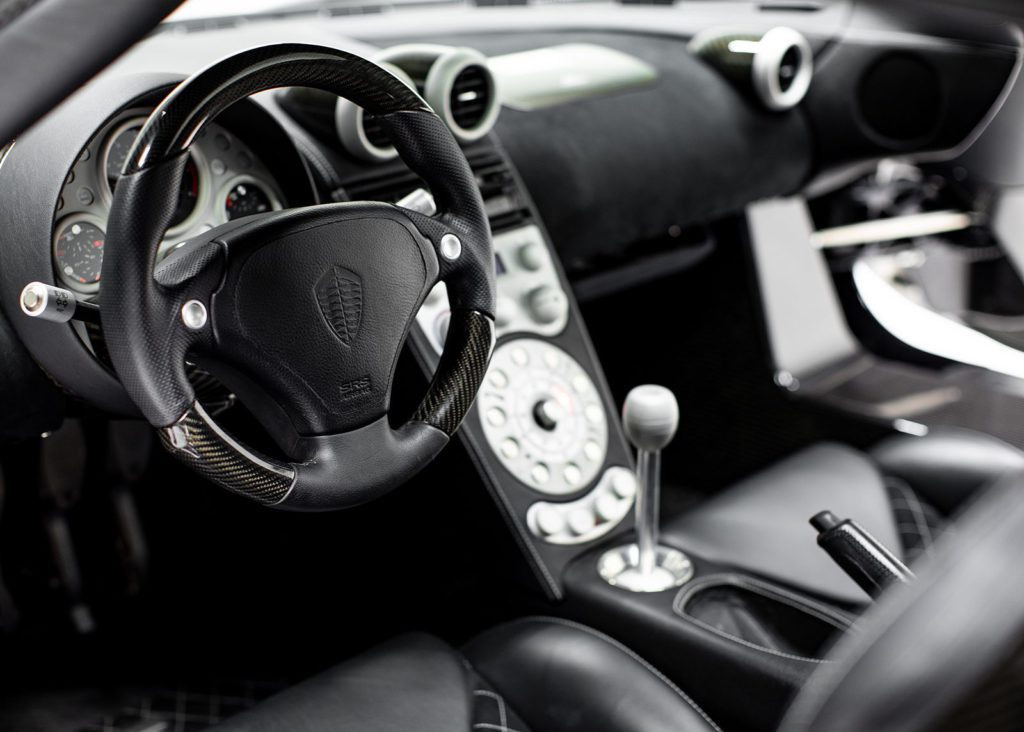
Swedish minimalism meets hypercar technology in the Trevita’s cockpit—one of only two in existence. Machined aluminum frames essential instrumentation, while carbon fiber seats provide precise support during high-g cornering. Premium materials throughout eliminate plastic entirely—only carbon fiber, leather, and aluminum contact the occupants. The 4.8-liter twin-supercharged V8 produces 1,018 horsepower on E85 ethanol, delivering supercar performance with reduced carbon footprint. Floyd Mayweather’s $4.8 million purchase secured membership in perhaps the world’s most exclusive automotive club. Encountering a Trevita instantly renders other “rare” cars relatively common—like bringing a nuclear weapon to a knife fight.
7. The Spirit of Nemo (Exterior)
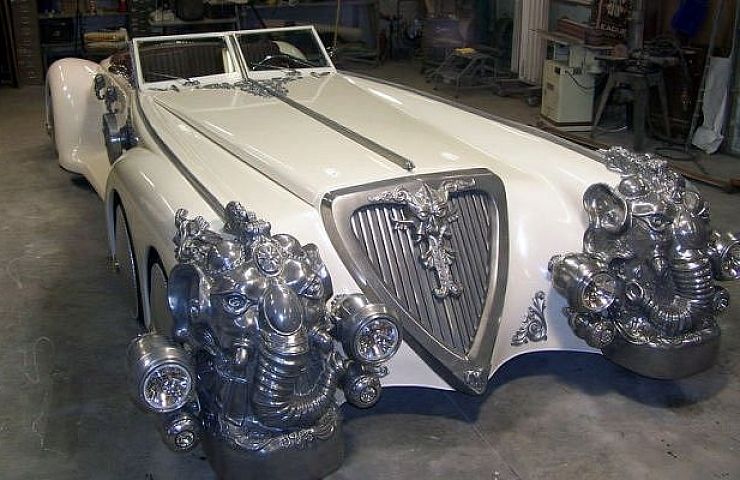
The Spirit of Nemo emerged as a one-of-a-kind six-wheeled creation stretching 24 feet long. Unlike production vehicles, this rolling sculpture draws inspiration from Jules Verne’s fictional world with nautical styling and steampunk aesthetics. An elephant hood ornament leads the elongated body adorned with copper accents throughout. Creating this fantasy required 6,500 hours of dedicated craftsmanship. Once offered for approximately $165,000. You might think that is remarkably reasonable considering the labor involved.
The Spirit of Nemo (Interior)
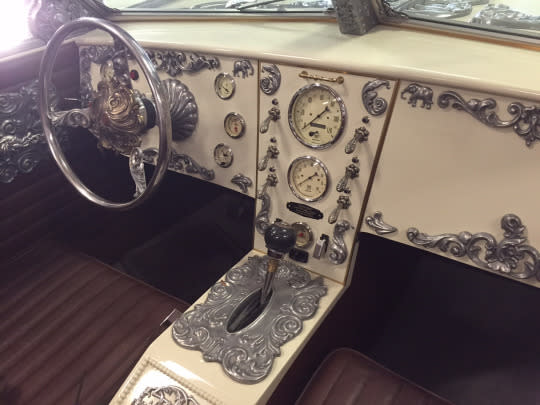
Theatrical fantasy defines the Spirit of Nemo’s cabin—literally the only one of its kind. A ship’s wheel connects to conventional steering components hidden beneath the ornate dashboard. Multiple seating positions throughout the elongated cabin feature nautical-themed leather upholstery. Brass gauges and decorative levers maintain the 19th-century submarine aesthetic while concealing modern functionality. This singular environment represents 6,500 hours of creative craftsmanship previously valued around $165,000. The Nemo proves that automotive experiences needn’t come from established manufacturers or follow conventional design—sometimes the most memorable machines emerge when someone simply asks “why not?” and possesses the skills to answer the question.
6. Shelby Cobra 427 Super Snake (Exterior)

In 1966, a thunderous legend was born when Carroll Shelby unleashed the 427 Super Snake. Cranking out 760 horsepower from twin superchargers, this modified Cobra represented American muscle in its most extreme form. Only two examples left the factory, with just one surviving after its twin met a watery grave. Chrome roll bars, side-exit exhaust pipes, and dramatically flared fenders distinguish this rare beast from standard Cobras. The visual aggression perfectly telegraphs the mechanical fury lurking beneath its hood. The automotive equivalent of strapping a rocket to a go-kart and somehow making it street legal.
Shelby Cobra 427 Super Snake (Interior)

Nothing about the Super Snake’s cockpit suggests comfort or luxury. The wood steering wheel serves as your primary connection to the 427 cubic-inch V8 roaring inches from your feet. Unlike standard Cobras with manual transmissions, Shelby wisely installed a three-speed automatic to prevent the massive torque from destroying the drivetrain. Simple black leather seats and basic gauges reflect the car’s singular focus on straight-line performance. Every detail remains period-correct, preserving this time capsule from American performance’s golden era. Slide behind the wheel today and you’d experience raw, terrifying power that makes modern supercars feel like sanitized simulators by comparison.
5. Aston Martin DBR1 (Exterior)
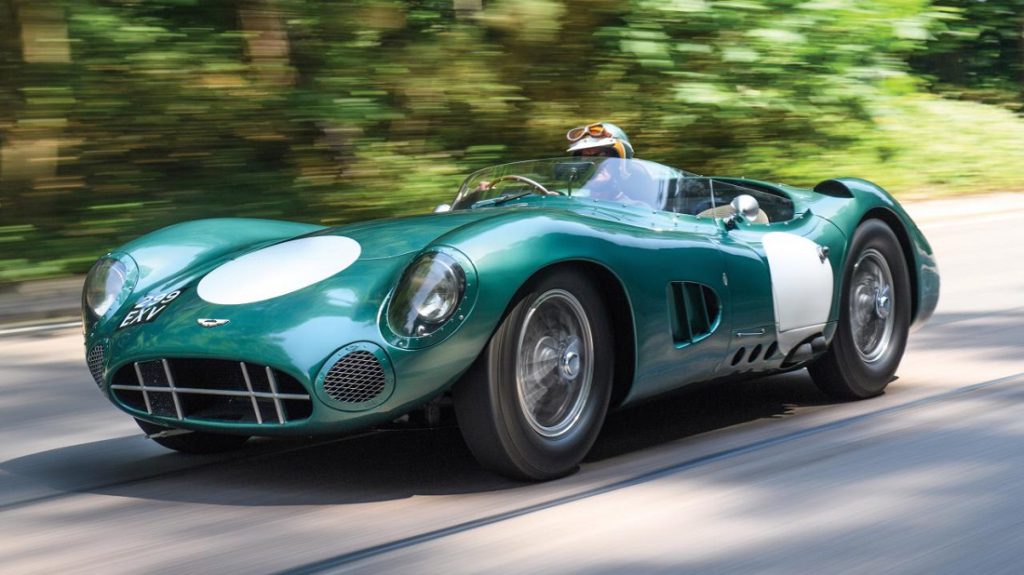
Between 1956 and 1959, Aston Martin’s ultimate racing weapon emerged in the form of the DBR1. With only five examples crafted, these aluminum-bodied racers wrote motorsport history with their Le Mans-winning performance. The iconic British racing green paint became forever associated with Aston Martin following this car’s competition success. Perfectly balanced proportions combine functional aerodynamics with elegant design that influenced sports cars for decades. When chassis number 1 claimed victory at Le Mans in 1959 with Carroll Shelby and Roy Salvadori driving, it transformed a small British manufacturer into racing royalty, forever altering Aston Martin’s trajectory and establishing the DBR1 as Britain’s most valuable automotive treasure.
Aston Martin DBR1 (Interior)
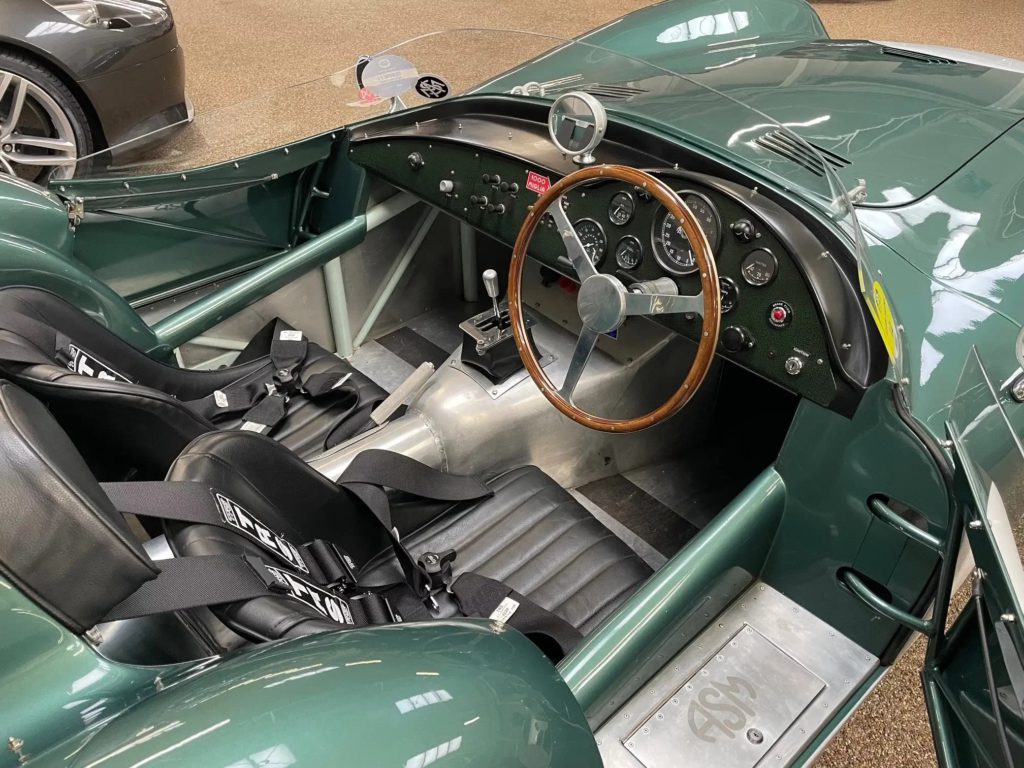
Pure racing functionality dictates every aspect of the DBR1’s spartan cockpit. A large wood-rimmed wheel dominates the space, positioned perfectly for wrestling this thoroughbred around challenging circuits. The central tachometer monitors the 2.9-liter straight-six engine that was developed specifically for endurance racing dominance. Minimalist bucket seats and a perfectly positioned shifter reflect the car’s singular focus on competition. Every control remains faithfully preserved in its original racing configuration, maintaining complete historical authenticity. Grasp the wheel of a DBR1 today and you’re connecting with the hands of legends like Stirling Moss and Carroll Shelby—an unbroken thread of racing DNA spanning more than six decades.
4. Bugatti Type 57 SC Atlantic (Exterior)
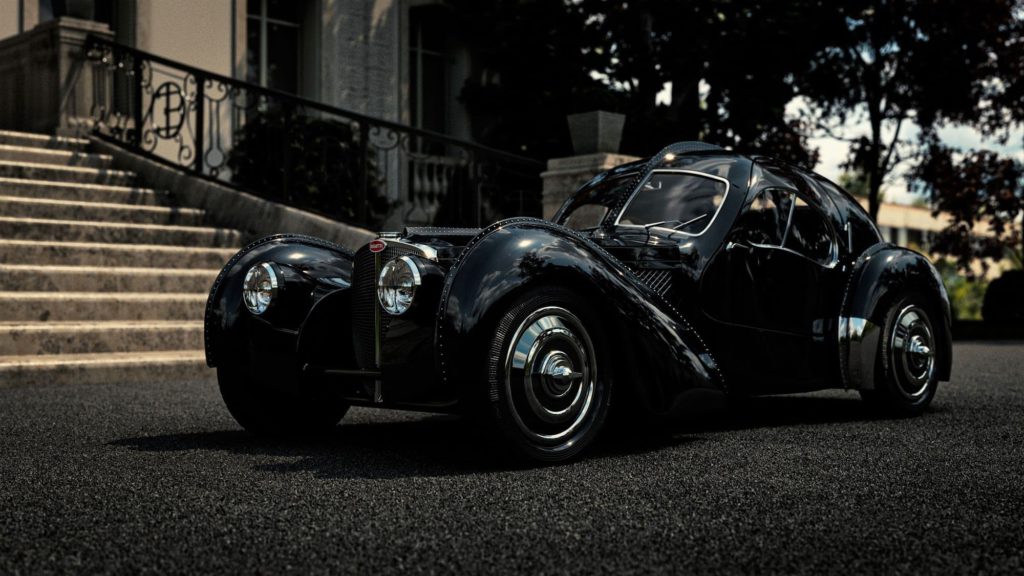
Automotive art reached its zenith when Jean Bugatti unveiled the Type 57 SC Atlantic between 1936 and 1938. With just four examples produced and three surviving today, these vehicles represent automotive history’s most coveted treasures. The Atlantic’s signature dorsal seam—originally a practical solution for joining magnesium panels—became its most distinctive design element. Powered by a supercharged straight-eight producing 200 horsepower, this masterpiece achieved speeds exceeding 124 mph when horse-drawn transportation remained common. Each hand-formed panel required countless hours of skilled craftsmanship to achieve the Atlantic’s otherworldly proportions. Before computer modeling existed, Bugatti achieved aerodynamic perfection through pure artistic intuition—creating a fusion of engineering and sculpture that still leaves modern designers awestruck.
Bugatti Type 57 SC Atlantic (Interior)
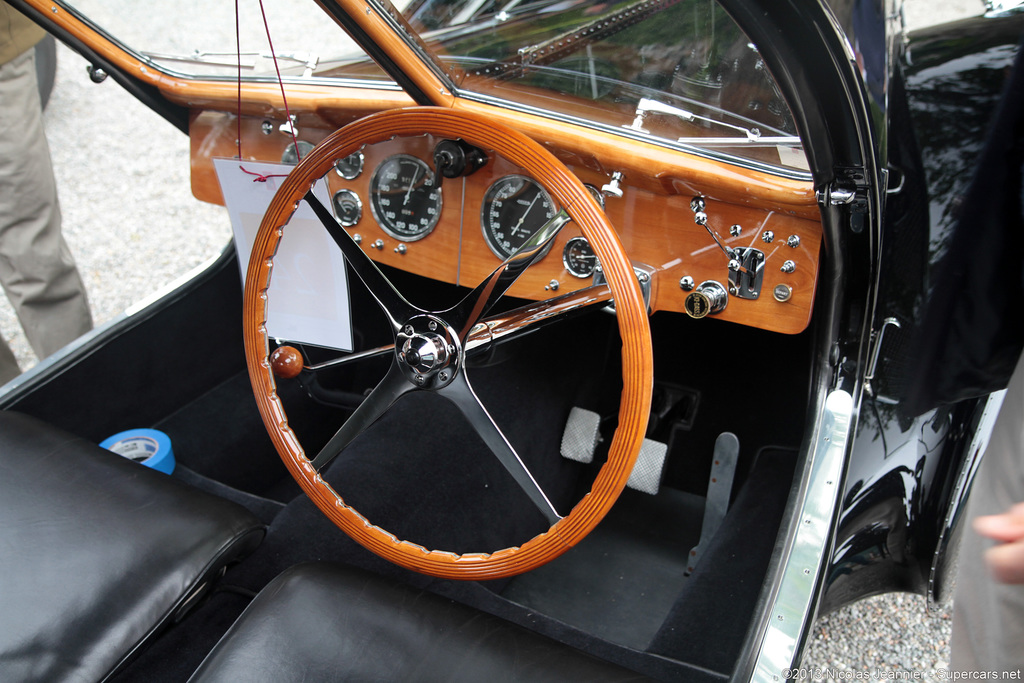
Step inside an Atlantic and discover a world where mechanical precision meets unparalleled luxury. The dashboard houses Jaeger instruments that resemble fine timepieces rather than automotive gauges. Engine-turned aluminum panels and rich leather upholstery showcase the pinnacle of pre-war European craftsmanship. The driver interfaces with a large four-spoke wheel and advanced pre-selector gearbox—cutting-edge technology for the 1930s. The second Atlantic ever built, the notorious “La Voiture Noire,” vanished during World War II and remains the automotive equivalent of the Holy Grail. Experiencing an Atlantic’s cockpit today means connecting with the absolute pinnacle of pre-war French luxury.
3. McLaren F1 LM (Exterior)

Following their unexpected 1995 Le Mans victory, McLaren created the ultimate road-going tribute—the F1 LM. Just five examples emerged from the factory, each finished in distinctive Papaya Orange paint honoring the company’s 1960s racing heritage. Aggressive aerodynamic modifications include a fixed rear wing and enlarged front air dam, while a roof-mounted snorkel feeds air to the 680-horsepower V12 engine. Every modification serves a performance purpose, from the fixed windows to the lightweight body panels. While today’s hypercars might pack more technology, the F1 LM remains the purest distillation of motorsport for the road—essentially a Le Mans winner somehow granted street-legal status.
McLaren F1 LM (Interior)
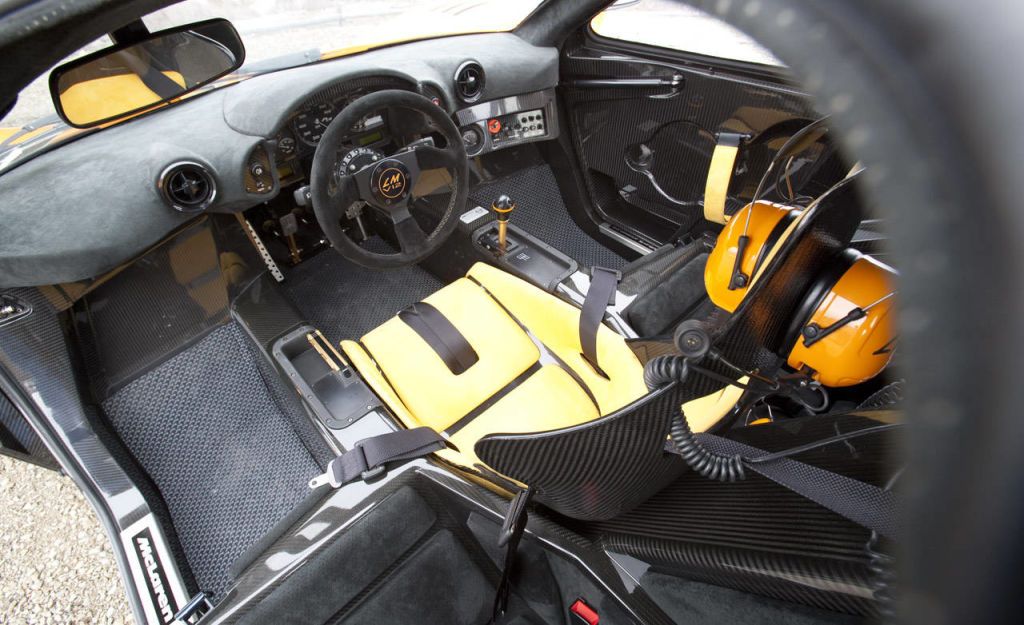
Revolutionary thinking defines the F1 LM’s cabin with its three-seat configuration positioning the driver centrally like a fighter jet pilot. McLaren ruthlessly eliminated all unnecessary weight—air conditioning, audio system, and sound insulation all vanished in pursuit of performance. Simple analog gauges provide vital information without electronic intermediaries, while the carbon fiber dashboard houses only essential controls. Racing harnesses and minimalist seats emphasize the car’s competition DNA. Modern supercars might coddle occupants with luxury features, but the F1 LM creates something more profound.
2. Porsche 959 Sport (Exterior)

During the wild Group B rally era, Porsche created their technological masterpiece—the 959 Sport. A mere 29 Sport variants emerged from the total production run, each featuring a more aggressive stance than standard models. This revolutionary design housed technologies that redefined performance: sequential twin-turbocharging, adjustable ride height, and computer-controlled all-wheel drive. The extended rear accommodates complex drivetrain components while maintaining the essential 911 silhouette. Porsche proved the platform’s versatility by conquering the 1986 Paris-Dakar Rally, demonstrating capabilities far beyond conventional supercars. Before hybrid technology or electric performance existed, the 959 already inhabited the future—establishing the blueprint that performance cars still follow today.
Porsche 959 Sport (Interior)

Fanatical weight reduction guided the 959 Sport’s interior development, eliminating 220 pounds of comfort features found in standard variants. A full roll cage and racing harnesses hint at the car’s serious performance potential, while lightweight bucket seats use simple gray cloth instead of heavier leather. The familiar 911-style gauge layout includes additional displays for the advanced all-wheel drive system—revolutionary technology for the mid-1980s. Minimal sound insulation ensures the twin-turbocharged flat-six provides constant acoustic feedback. This ruthless focus on performance helped the 959 Sport achieve nearly 200 mph decades before such speeds became commonplace. Unlike today’s digitally filtered supercars, the 959 Sport represents the perfect balance of cutting-edge technology and raw mechanical connection.
1. Honda NSX-R GT (Exterior)

Japanese engineering reached its peak expression in February 2005 with Honda’s NSX-R GT. Production totaled just five examples created to homologate aerodynamic improvements for racing competition. The distinctive carbon fiber hood with its central nostril intake immediately signals this isn’t an ordinary NSX. Widened carbon fenders, a fixed rear wing, and dramatically lowered suspension transform the already rare NSX-R into something truly exceptional. Honda never exported these special machines outside Japan, creating an almost mythical status among enthusiasts worldwide. In an era obsessed with brute horsepower, the NSX-R GT took the road less traveled—proving that precision engineering and aerodynamic intelligence could deliver performance that transcended raw numbers.
Honda NSX-R GT (Interior)

Obsessive weight reduction defined the NSX-R GT’s cabin development as Honda engineers eliminated 220 pounds of non-essential components. A smaller Momo wheel and carbon-kevlar Recaro seats create a purposeful driving environment focused entirely on performance. Red stitching accents the black Alcantara surfaces while a titanium shift knob tops the precise six-speed manual transmission. Classic white-faced gauges provide maximum legibility during high-speed driving. The single privately-sold example (chassis GT001) shows fewer than 1,000 kilometers on its odometer, preserving its factory-fresh condition. Unlike today’s computer-assisted supercars, these rare GT models capture Honda’s engineering philosophy in its purest form. Lightweight construction and precise handling create a driving experience that connects man and machine with remarkable clarity.




























